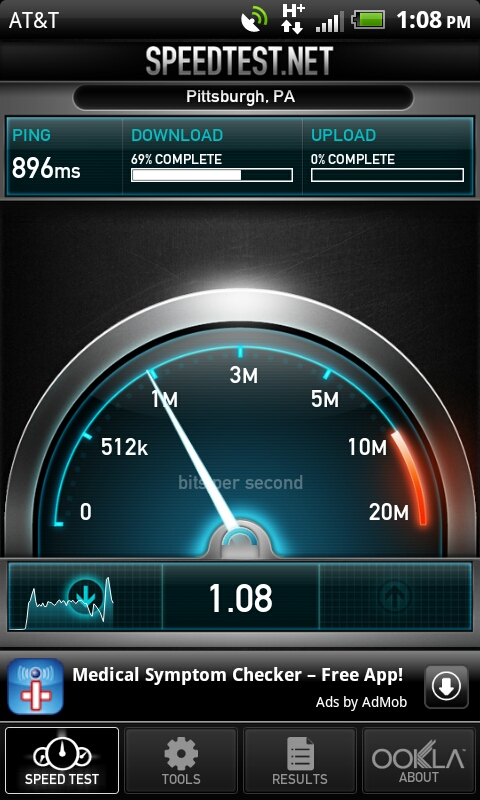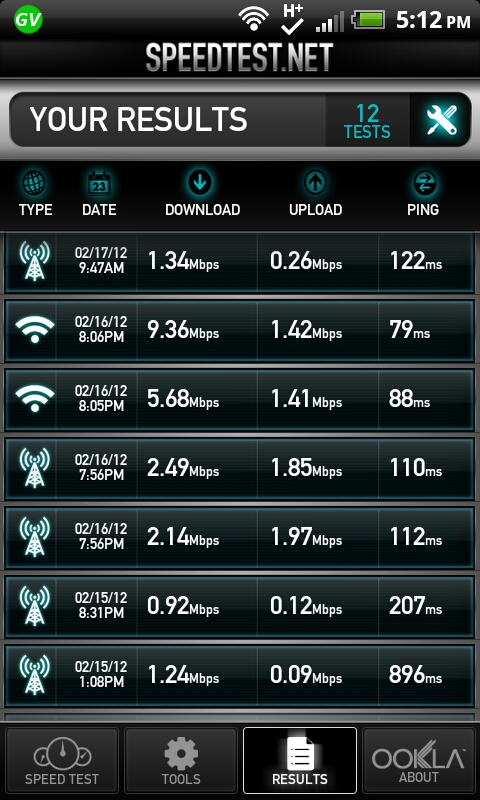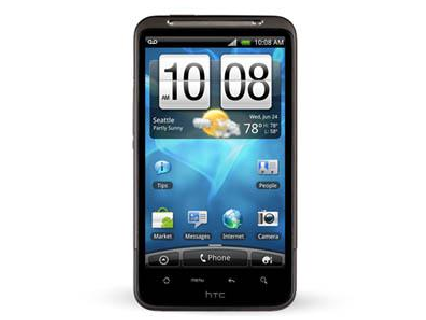Why you can trust TechRadar
AT&T's 3G data network has gotten its fair share of criticism (and occasional praise), but the HTC Inspire 4G's value to the end user will live or die by where you're located in the United States.
While it's touted as a 4G device, this is not one of Ma Bell's new LTE devices – instead, it takes advantage of HSPA+, where available, for increased data speeds.

Enough beating around the bush: Here in Northeast Ohio, our data speeds were miserably low, rarely topping 1.5Mbps download and far, far less for upload (0.23Mbps on average).
By comparison, our AT&T-equipped iPhone 4S clocked in at 3.26Mbps down and 1.41Mbps up in the same region – still nothing to write home about, but considerably better than what the Inspire 4G was capable of.

Curiously, slapping our iPhone 4S micro-SIM inside the Inspire (by way of a SIM card adapter) boosted data rates to a more agreeable 2.49Mbps down and 1.85Mbps up, but even these speeds are a far cry from what the device is theoretically capable of (HTC's specs tout HSDPA speeds of 14.4Mbps and HSUPA speeds of 5.76Mbps). Color us disappointed, to say the least.
Thankfully, AT&T's data is only one part of the equation, and the HTC Inspire 4G performed significantly better with Wi-Fi, capable of connecting to 802.11b/g/n networks with ease and racking up nearly 10Mbps down and 1.42Mbps up on an AT&T U-verse broadband connection (for comparison, just a hair slower at downloading compared to the iPhone 4S).

HTC's default Internet browser uses the AT&T Yahoo! mobile site for a home page, with tabs for Today (news and information from each day), My Favorites (quick links to key Yahoo services such as Mail and Messenger) and All Sites, with hotlinks to everything offered by the onetime search giant. We're longing for Chrome or even the stock Android 4.0 browser, but otherwise the built-in web browser is serviceable for now.
Sign up for breaking news, reviews, opinion, top tech deals, and more.
